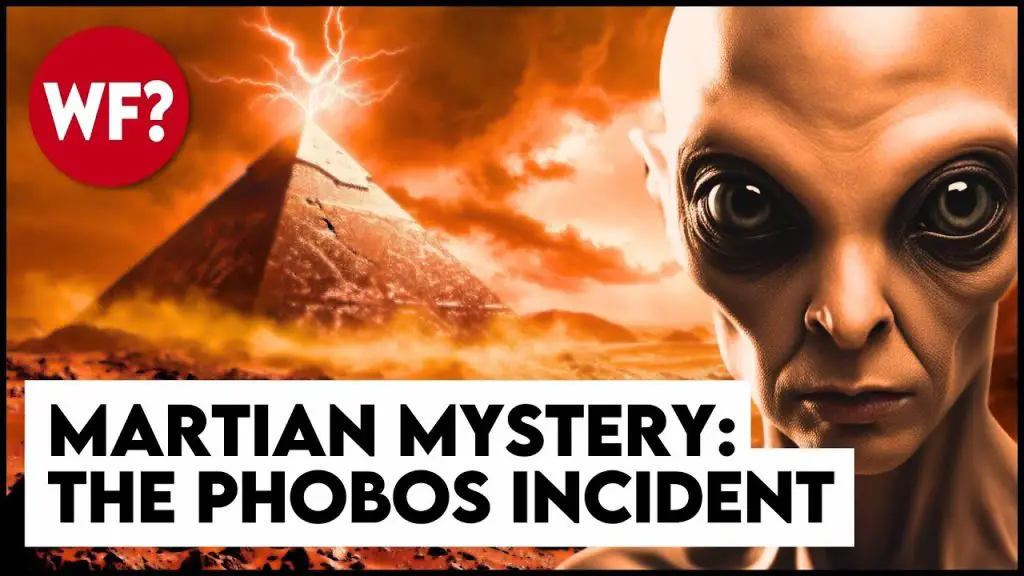
The Allure of Mars and Its Moon, Phobos
The intrigue surrounding Mars and its moons has captivated scientists and space enthusiasts for decades. Mars, with its stark, reddish landscape, and its moon Phobos, named after the Greek god of fear, present a fascinating study in celestial phenomena and potential extraterrestrial mysteries.
The Phobos Incident
One of the most intriguing events in the exploration of space is the Phobos incident involving the Soviet Union’s Phobos 2 mission in 1989. This mission was primarily aimed at exploring Mars and its moon but ended in mystery. Phobos 2 operated successfully until it approached Phobos, at which point it suddenly ceased transmission and lost contact with Earth. The last data sent by Phobos 2 included images that showed a strange shadow cast on Phobos’s surface. This led to widespread speculation about the cause, ranging from technical failures to extraterrestrial interference.
Mysterious Structures: The Phobos Monolith
Adding to the enigmatic nature of Phobos is the presence of the so-called Phobos Monolith—a large, irregularly shaped object that stands out against the barren, cratered surface of the moon. This monolith, and others like it, have sparked debates about their origin, with some suggesting they might be natural formations, while others speculate about ancient alien technologies.
The presence of the monolith was popularized by American astronaut Buzz Aldrin, who mentioned it in the context of human space exploration and the curiosity it generates among the public and scientific community. Its origins, whether natural or artificial, remain a subject of debate and fascination.
Ancient Ruins on Mars?
The surface of Mars itself offers further mysteries. High-resolution images from various Mars orbiters have revealed formations that resemble structures, such as the infamous “Face on Mars” in the Cydonia region. These images often show what appear to be pyramidal structures and rectilinear shapes that some interpret as remnants of ancient civilizations.
Critics argue that these formations are simply the result of pareidolia—where the human brain interprets random images as significant patterns. However, the consistent flow of new data and images from Mars continues to fuel speculation and theories about past life and civilizations on the red planet.
Theoretical Connections to Earth
Some theorists draw parallels between the formations on Mars and ancient Earth structures, such as the pyramids of Egypt. They speculate about a forgotten era of solar system-wide civilization that utilized advanced technology, potentially for energy generation through the manipulation of cosmic forces, such as the hypothetical “zero-point energy.”
These theories extend into broader propositions of an “electric universe” where celestial bodies are interconnected through vast electric currents, influencing the formation and evolution of planets and moons through electrical rather than purely gravitational forces.
VIDEO: The Why Files – Martian Mysteries | The Phobos Incident, Monoliths, and Ancient Ruins
The mysteries of Phobos, Mars, and their anomalous features continue to be a significant focus for scientific inquiry. Missions continue to be planned and executed, such as Japan’s upcoming probe to Phobos, aiming to gather more data and, potentially, to bring samples back to Earth. Each mission brings with it the hope of solving some of these persistent mysteries or, at the very least, providing new data to refine our understanding of Mars and its moons.
As we continue to explore these celestial neighbors, the combination of scientific data and imaginative theorization keeps our quest for knowledge about Mars and its features as vibrant and compelling as ever. Whether future missions will confirm or debunk the lingering mysteries of Mars remains one of the most tantalizing questions in space exploration today.

Leave a Reply